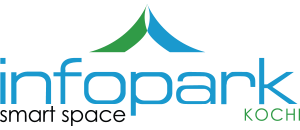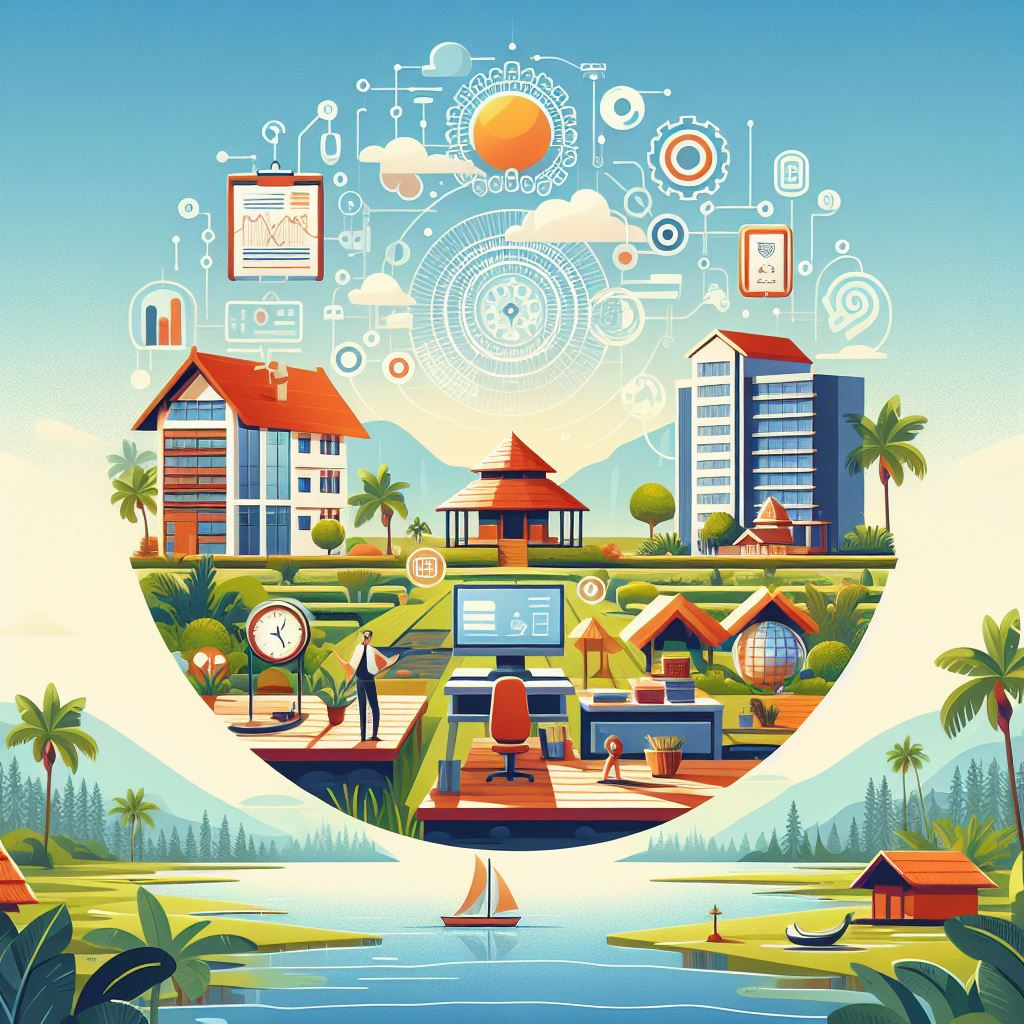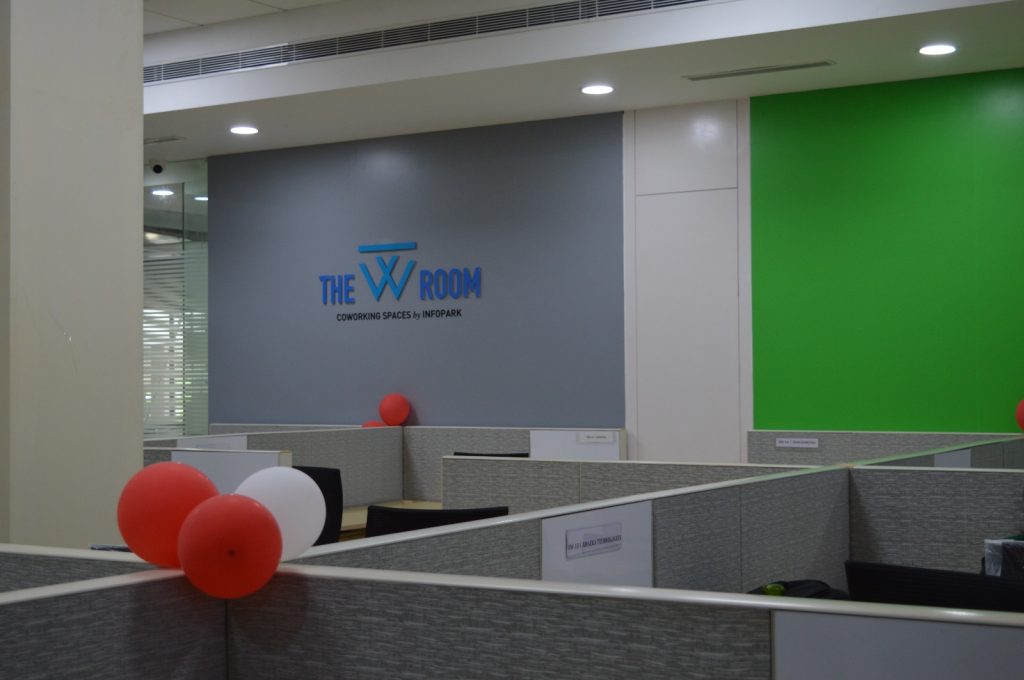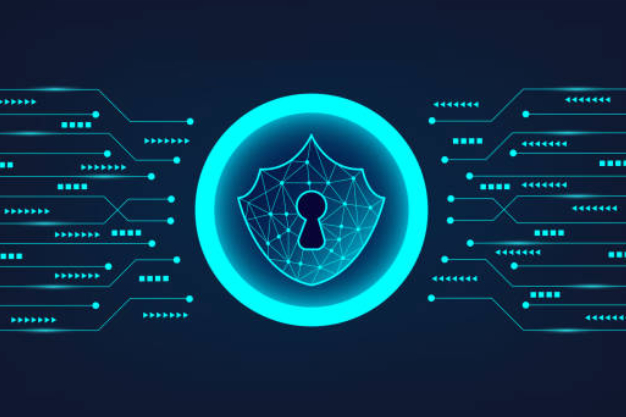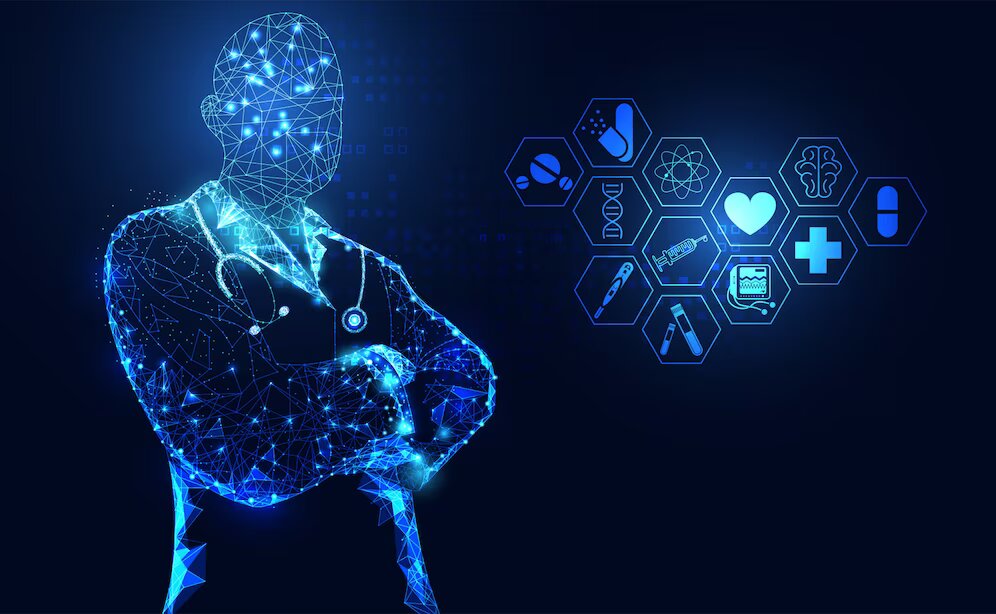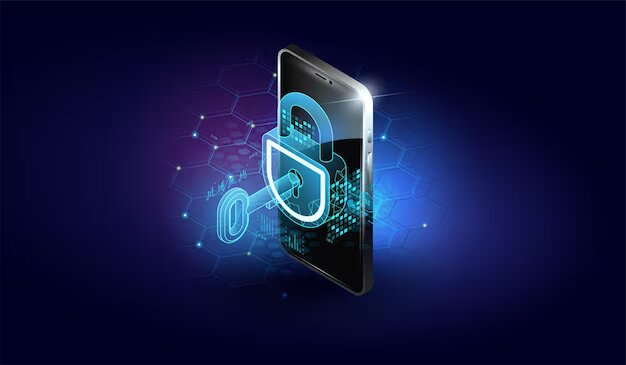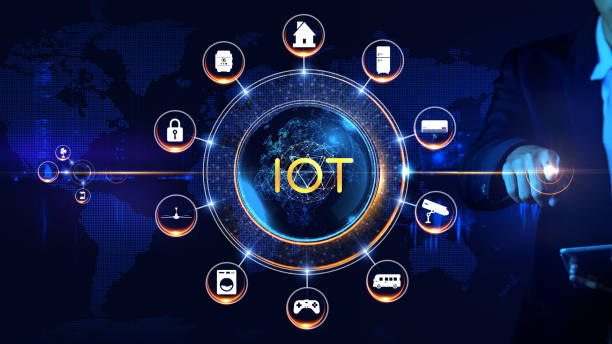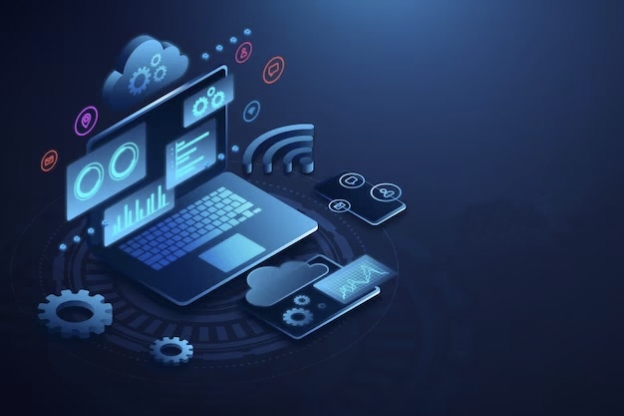
In the modern era of information technology, effective communication is not just a soft skill but a critical component that can dictate the success or failure of complex projects. The ability to convey ideas clearly and understand others’ perspectives is what drives innovation and problem-solving.
Active listening is the first pillar of effective communication. It’s more than just hearing words; it’s about fully engaging with the speaker, processing the information, and providing thoughtful feedback. In IT, where details are paramount, active listening can prevent costly misunderstandings and ensure that project requirements are met with precision.
Moving on to clear language, it’s essential to remember that not everyone speaks ‘tech’. Using straightforward language that can be understood by non-technical stakeholders is crucial. It ensures that everyone involved, from developers to clients, is aligned with the project’s objectives and progress.
The use of technological tools has revolutionized workplace communication. Platforms like MS Teams, Google Meet, and Zoom have become indispensable for managing projects and facilitating seamless collaboration across teams. These tools keep everyone updated in real-time, making communication more efficient and reducing the need for lengthy meetings.
Constructive feedback is another cornerstone of effective communication. It’s about providing feedback that is not only timely but also specific and actionable. This kind of feedback fosters a culture of continuous learning and improvement, leading to enhanced performance and better project outcomes.
Emotional intelligence plays a significant role in communication within the IT industry. It involves understanding your emotions and those of others to manage interactions more effectively. High emotional intelligence leads to better teamwork, conflict resolution, and leadership within tech teams.
Good writing skills are indispensable in the IT industry. Whether it’s drafting an email, compiling documentation, or creating a report, the ability to articulate thoughts clearly in writing is essential. It ensures that there’s a tangible record of communication that can be referenced to prevent misunderstandings.
Collaboration is at the heart of innovation in IT. Encouraging open dialogue and idea sharing within teams not only fosters a collaborative environment but also drives creativity and problem-solving. When teams work together cohesively, they can achieve remarkable results.
Being conscious of language and word choice can significantly impact how your message is perceived. The right words can inspire confidence and clarity; conversely, poor word choice can lead to confusion or even offence.
Understanding your audience is crucial for effective communication. Tailoring your message to fit the needs and understanding of different stakeholders ensures that your message resonates and achieves its intended purpose.
Lastly, continuous improvement in communication skills is vital as technology evolves rapidly. Staying abreast of new tools and techniques for effective communication is just as important as keeping up with technical skills.
In conclusion, effective communication in the IT industry requires a multifaceted approach that encompasses active listening, clear language, leveraging technology tools, providing constructive feedback, cultivating emotional intelligence, practicing writing skills, fostering collaboration, being mindful of language and word choice, understanding your audience, and committing to continuous improvement.
